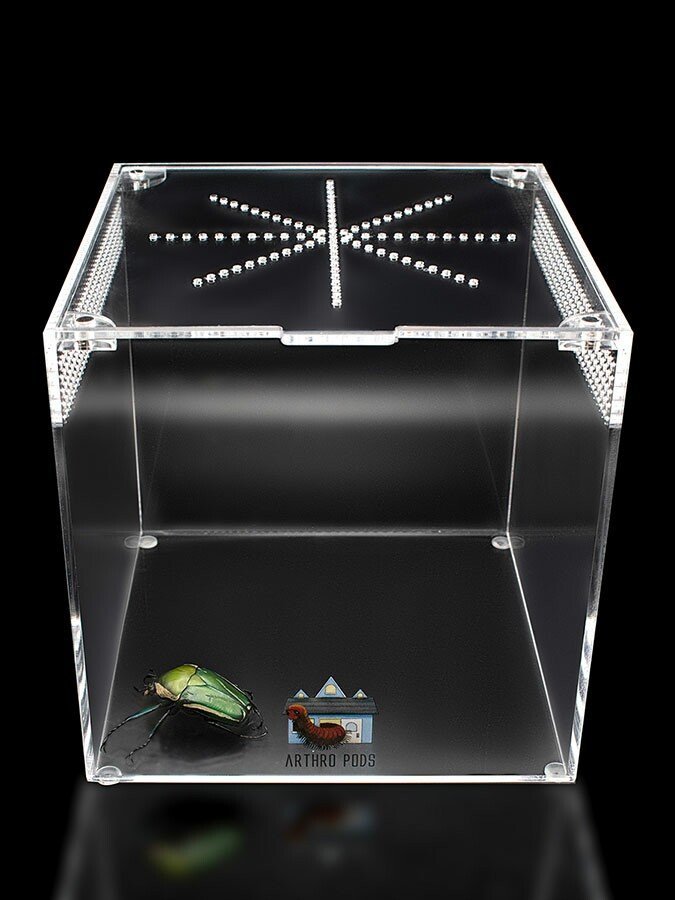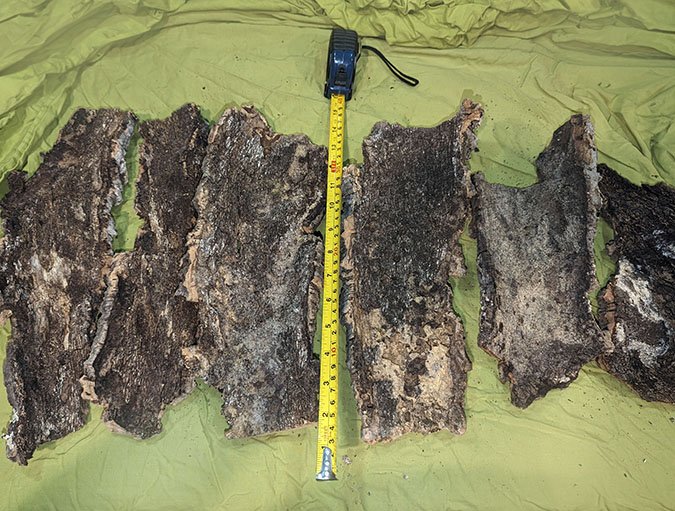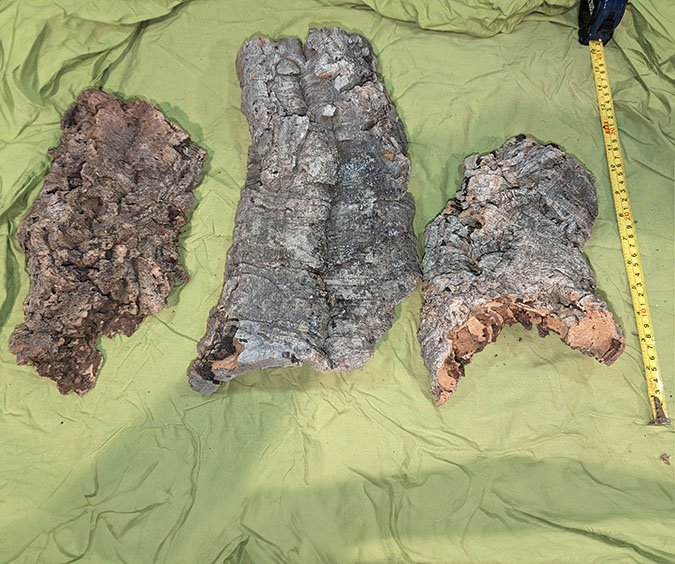Cyriopagopus albostriatus
Cyriopagopus albostriatus, commonly known as the Thai Zebra Tarantula, is a striking fossorial Old World species native to Thailand, Myanmar, Cambodia, and other parts of Southeast Asia. Its dramatic black-brown body is instantly recognizable, contrasted with bold white striping across the legs, resembling a zebra’s pattern—hence the name. This combination of speed, power, and vivid patterning has made it a well-known and respected species among advanced keepers.
As a member of the Cyriopagopus genus (formerly Haplopelma), this tarantula is known for its intense defensiveness, lightning-fast movement, and highly potent venom. It lacks urticating hairs and instead relies on threat displays, rapid strikes, and retreating to its deep burrow when disturbed. Because of this, it is not suitable for beginners and should only be kept by those familiar with fast and high-strung Old World species.
Cyriopagopus albostriatus, commonly known as the Thai Zebra Tarantula, is a striking fossorial Old World species native to Thailand, Myanmar, Cambodia, and other parts of Southeast Asia. Its dramatic black-brown body is instantly recognizable, contrasted with bold white striping across the legs, resembling a zebra’s pattern—hence the name. This combination of speed, power, and vivid patterning has made it a well-known and respected species among advanced keepers.
As a member of the Cyriopagopus genus (formerly Haplopelma), this tarantula is known for its intense defensiveness, lightning-fast movement, and highly potent venom. It lacks urticating hairs and instead relies on threat displays, rapid strikes, and retreating to its deep burrow when disturbed. Because of this, it is not suitable for beginners and should only be kept by those familiar with fast and high-strung Old World species.


Cyriopagopus albostriatus, commonly known as the Thai Zebra Tarantula, is a striking fossorial Old World species native to Thailand, Myanmar, Cambodia, and other parts of Southeast Asia. Its dramatic black-brown body is instantly recognizable, contrasted with bold white striping across the legs, resembling a zebra’s pattern—hence the name. This combination of speed, power, and vivid patterning has made it a well-known and respected species among advanced keepers.
As a member of the Cyriopagopus genus (formerly Haplopelma), this tarantula is known for its intense defensiveness, lightning-fast movement, and highly potent venom. It lacks urticating hairs and instead relies on threat displays, rapid strikes, and retreating to its deep burrow when disturbed. Because of this, it is not suitable for beginners and should only be kept by those familiar with fast and high-strung Old World species.
What's the ideal diet for a Thai Zebra Tarantula?
All Tarantulas can eat a variety of feeders. Stick to crickets, dubia roaches, silkworms, horned worms occasionally, and a superworm or mealworm as the occasional treat!
How should I keep a Thai Zebra Tarantula?
You can start with the Fossorial Fissure Small enclosure for this particular creature. When they are about ⅓ the size, you will want to go to the Fossorial Fissure Medium or Fossorial Fissure Large enclosure. Feed them as slings once a week, twice if their opisthosoma (abdomen) looks small, but if the opisthosoma is wider than their prosoma (pneumothorax), then wait a couple of days to feed. For juveniles or adults, stick to feeding once a week, nothing larger than their opisthosoma. Make sure to keep a full water dish at all times; wider and deeper is preferred.
How long could a Thai Zebra Tarantula live?
Females are believed to live upwards of 15+ years, and males not exceeding around 5 years of age. All estimates are based on multiple sources.











